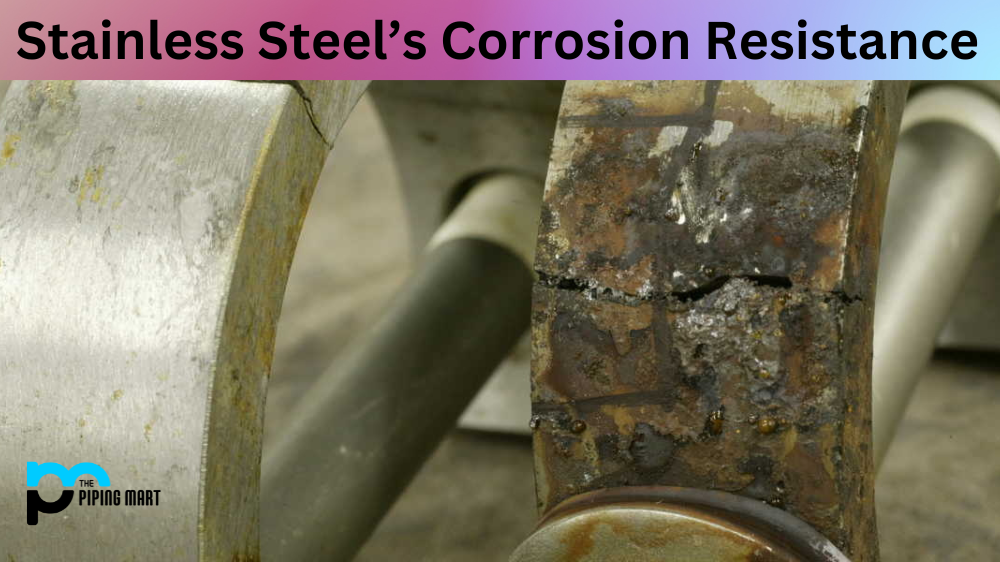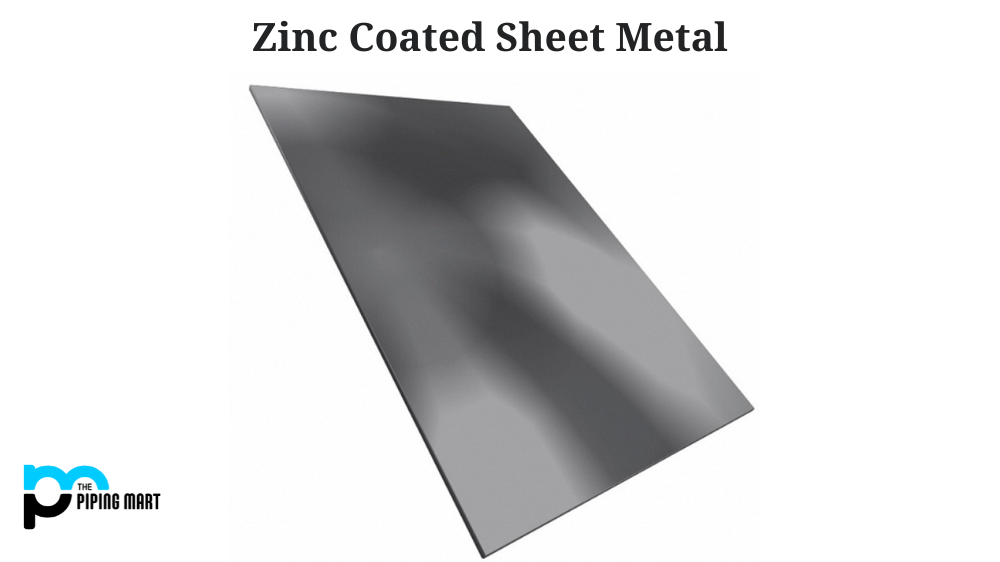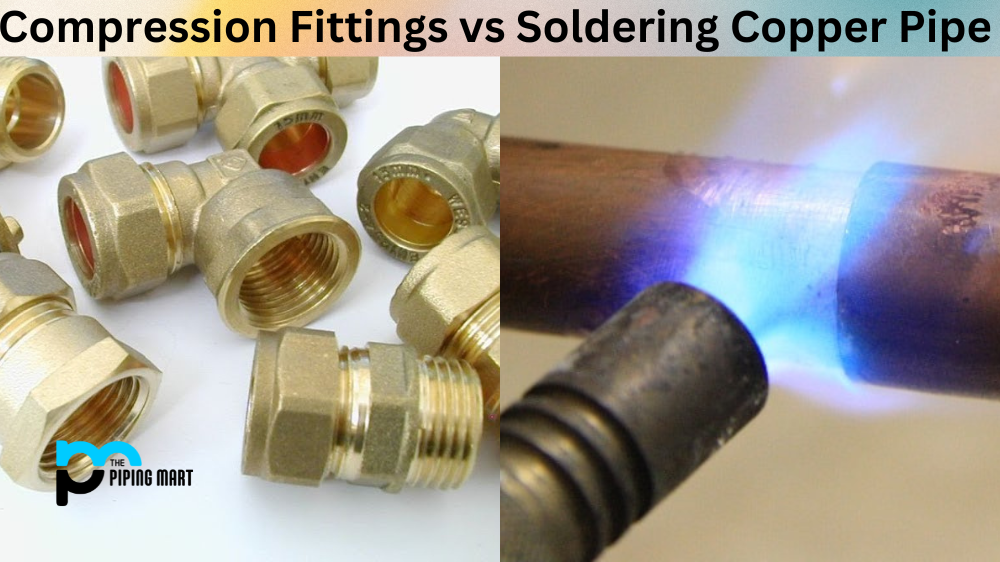If you work with steel, chances are you know about AISI 316L and AISI 321. But do you know the difference between them? Both are austenitic stainless steels, meaning they have a high chromium concentration and low carbon content. However, there are some key differences that make them better suited for certain applications. Let’s take a closer look at what makes them unique.
AISI 316L
AISI 316L is a type of austenitic stainless steel that contains lower carbon levels than standard 316 steel. This results in improved weldability and reduced risk of intergranular corrosion. Additionally, AISI 316L has higher levels of chromium and nickel than AISI 304 steel, which gives it better resistance to corrosion and oxidation.
AISI 321
AISI 321 is a type of austenitic stainless steel that contains higher levels of chromium and titanium than AISI 304 steel. This results in improved resistance to corrosion and oxidation, as well as increased strength at high temperatures. Additionally, AISI 321 has good weldability and formability properties.
Difference Between AISI 316L and 321
Chemical Composition
The main difference between AISI 316L and 321 is in their chemical composition. AISI 321 has more nickel in its alloy than AISI 316L, which gives it better corrosion resistance. In addition, it has higher molybdenum content than AISI 316L, which increases its heat resistance properties. On the other hand, AISI 316L contains more chromium than AISI321, giving it superior strength and durability.
Performance Properties
When comparing the performance properties of both grades of steel, it is important to note that both offer excellent corrosion resistance and weldability but differ in terms of formability and machinability due to their different chemical compositions. Specifically, AISI321 offers superior formability due to its higher nickel content, while AISI316L is easier to machine due to its higher chromium content. Additionally, in terms of heat resistance properties, both grades can withstand temperatures up to 1000 degrees Fahrenheit, but 321 can handle temperatures up to 1500 degrees Fahrenheit due to its higher molybdenum content.
Applications
Due to their different performance properties and chemical compositions, each grade of stainless steel is best suited for specific applications. For example, since it has better formability than AISI316L, Aisi321 is often used in aircraft components where complex shapes need to be formed, such as exhaust systems or turbine blades. On the other hand, due to its superior machinability, Aisi316l is often used in industrial environments where parts need to be machined with precision, such as valves or pumps.
Cost
Finally, the cost of AISI 316L and AISI 321 stainless sheets of steel can also differ depending on the supplier. Generally speaking. However, AISI 316L is more expensive than AISII 321 due to its lower carbon content and improved weldability.
Conclusion:
As you can see from this comparison between Aisi316l and Aisi321, both grades of stainless steel offer excellent performance properties that make them ideal for use in different applications. When selecting a grade of stainless steel for your project, it’s important to consider the specific needs of your application as well as the performance characteristics offered by each type of steel. By doing so, you will be able to select the best grade for your project. Doing so will help ensure your project runs smoothly with minimal disruption.

Abhishek is a seasoned blogger and industry expert, sharing his insights and knowledge on various topics. With his research, Abhishek offers valuable insights and tips for professionals and enthusiasts. Follow him for expert advice on the latest trends and developments in the metal industry.




